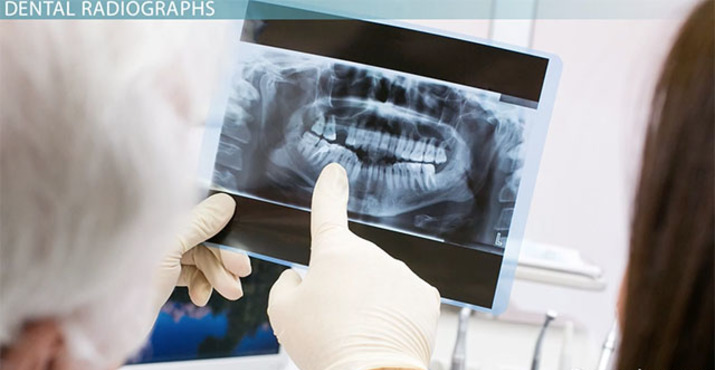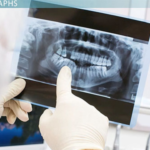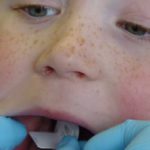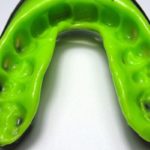So, the time has come again for your six-monthly checkup and clean- but at this appointment your dentist or dental hygienist has asked to update your dental radiographs.
You may be thinking, “Why? We only did them two years ago! And can’t you just do my exam without them?”. The answer is no, we can’t do a thorough exam without the radiographs. These images are used to help us diagnose infection or decay. They also help us to identify any areas of bone loss or infections around the root of teeth.

During your examination, we rely upon our eyes, dry teeth and good light to help us identify decay. But we don’t have x-ray vision, and cannot detect decay under existing fillings or between teeth. If we are able to identify these problems early, we can treatment plan to fix them before they become more significant.
Are radiographs safe?
The amount of radiation involved in a radiograph is equivalent to what someone would be exposed to on a 1-2hour flight. Radiographs are safe for both adults and children, and safe to take during pregnancy, although usually postponed until after the baby has been born.
You may notice your dentist leaves the room when the radiograph is being taken- this is simply because they take many radiographs every day, all through the year, and so they are trying to minimise their exposure.

Types of radiographs
There are many different types of radiographs that are used to capture different angles and teeth within the mouth. Your dentist will explain which is needed, and how they will be taken. Most radiographs are digital and therefore quite quick, which means that a diagnosis can be made sooner so treatment can be started (if necessary).
Ones dental health can decline rapidly over a short period of time, and therefore it is necessary that radiographs are updated regularly to check for any changes. Some patients are at a higher risk of decay or periodontal disease than others, but your dental practitioner will advise you on how often your radiographs are needing to be updated.








